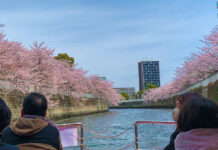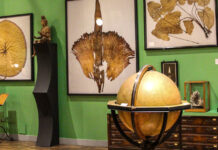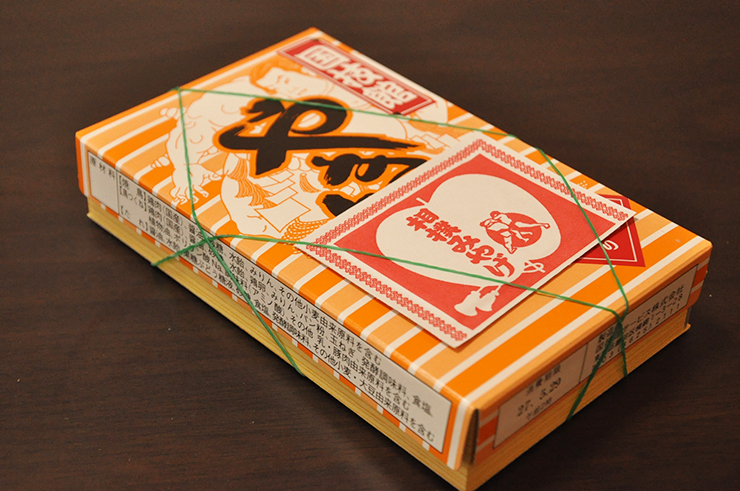
Japan is a nation steeped in tradition. There is a profound reverence for nature and the seasonal foods it provides. Over the years, many dishes have become synonymous with certain areas of Japan as well as different traditional events. Dairy in Hokkaido, soba at New Year’s and…grilled chicken (Yakitori) at sumo?
A brief history of sumo
Sumo has been practised in Japan for over 1,000 years. In the olden days, local lords would employ samurai (sumo wrestlers) to bout for entertainment. During Japan’s modernisation in the Meiji Era (1868–1912) the samurai class disappeared which threatened the future of sumo. People felt that sumo wrestling was old-fashioned and barbaric. Despite this, sumo continued on. In fact, sumo wrestlers still wear the samurai topknot (muge) to this day.
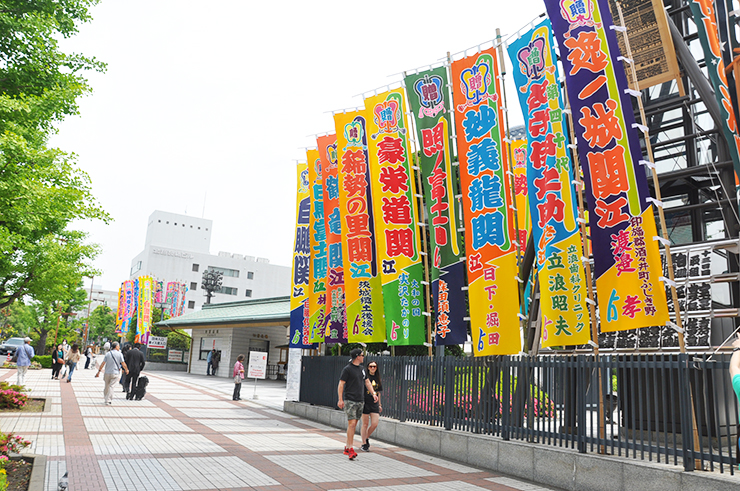
Sumo eventually regained popularity and in 1909 the Ryogoku Kokugikan sumo hall was built in order to house matches in Tokyo. As is common in Japan’s history, Kokugikan went through several transitions due to disastrous events such as the Great Kanto Earthquake and World War II. The current-day stadium was constructed in 1985 and has been entertaining spectators ever since.
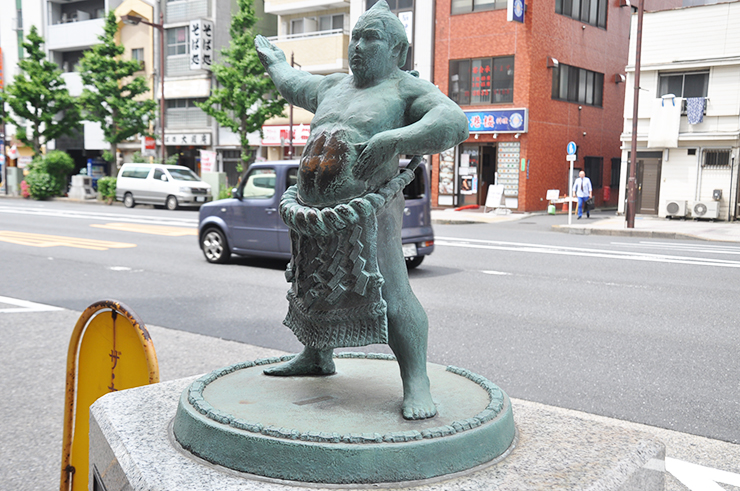
The relationship between sumo and chicken
Chicken has become a symbol of good luck in sumo culture. In a match, the winning wrestler remains standing while the defeated falls, touching hand or body to the ground. A chicken is a perpetual winner because it stands on two feet and doesn’t have arms to touch the ground.
In addition to this, sumos need to consume quite a lot of food to maintain their strength and size. And the luckiest and most delicious food out there is chicken. Chanko-nabe, a hot pot noodle dish packed with vegetables and protein, is very popular with sumos. While recipes vary somewhat, the pivotal ingredient is (of course) the lucky chicken meatball.
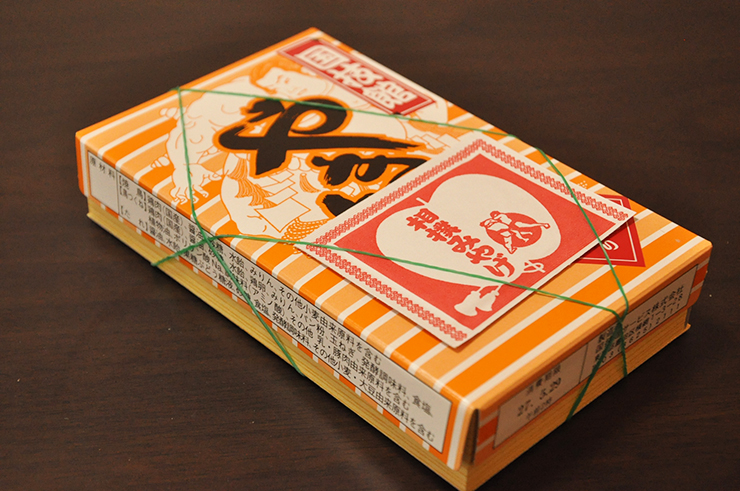
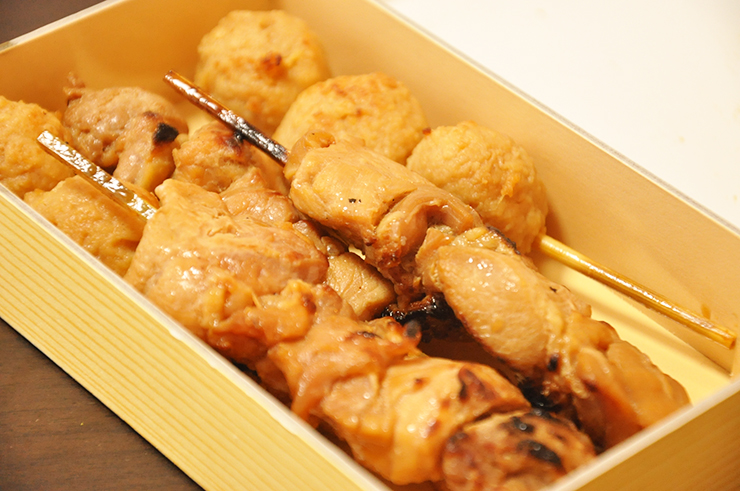
Yakitori at the tournament
Chicken isn’t reserved for the wrestlers alone, it is in fact a traditional stadium food for spectators too. Since the 1950’s, fans would buy yakitori (grilled chicken skewers) from vendors outside the stadium to enjoy while watching. It became widely believed that eating chicken while rooting for your favourite sumo wrestlers would bring them luck.
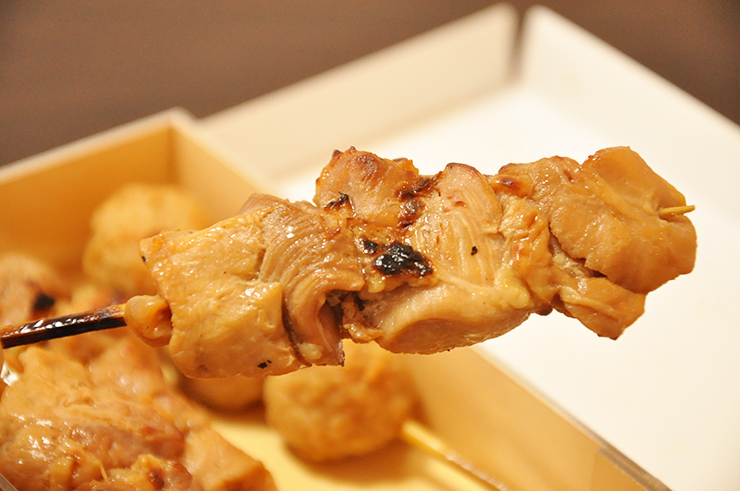
Some things stay the same
These days, the stadium’s underground kitchen prepares the food each day. Workers of the Yakitori Department begin early to carefully prepare the chicken for all the well-wishers attending that day. They broil yakitori under far infrared heaters but still season it the same way it would have been in yesteryear.
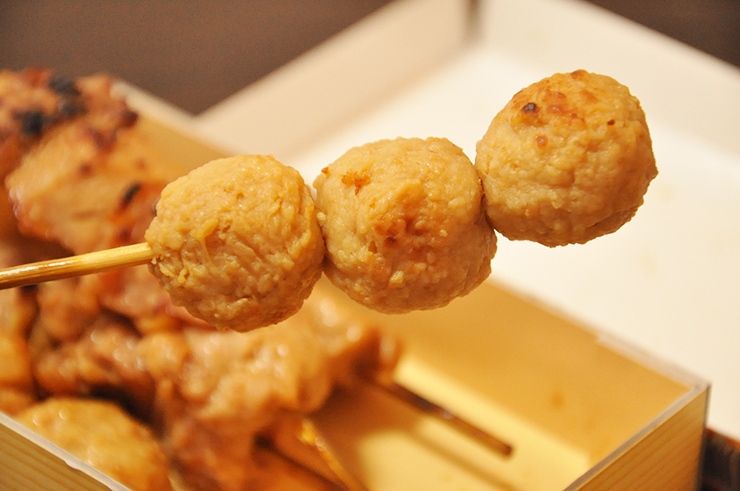
Available at several places other than Kokugikan
Previously ‘Kokugikan yakitori’ was only available on-site during regular tournaments. However, you can now purchase it at bento stores inside JR Stations Tokyo, Ueno, Shinjuku, Omiya and Hachioji. You’ll also find it at ‘Soramachi’ in Tokyo Sky Tree Town and Meijiza (Meiji Theatre).
The best time to enjoy ‘Kokugikan Yakitori’ is during a match. Though it’s easy-to-get this traditional stadium food elsewhere and certainly worth a try!
Visit the Kokugikan Website.
Post by Japan Journeys.




